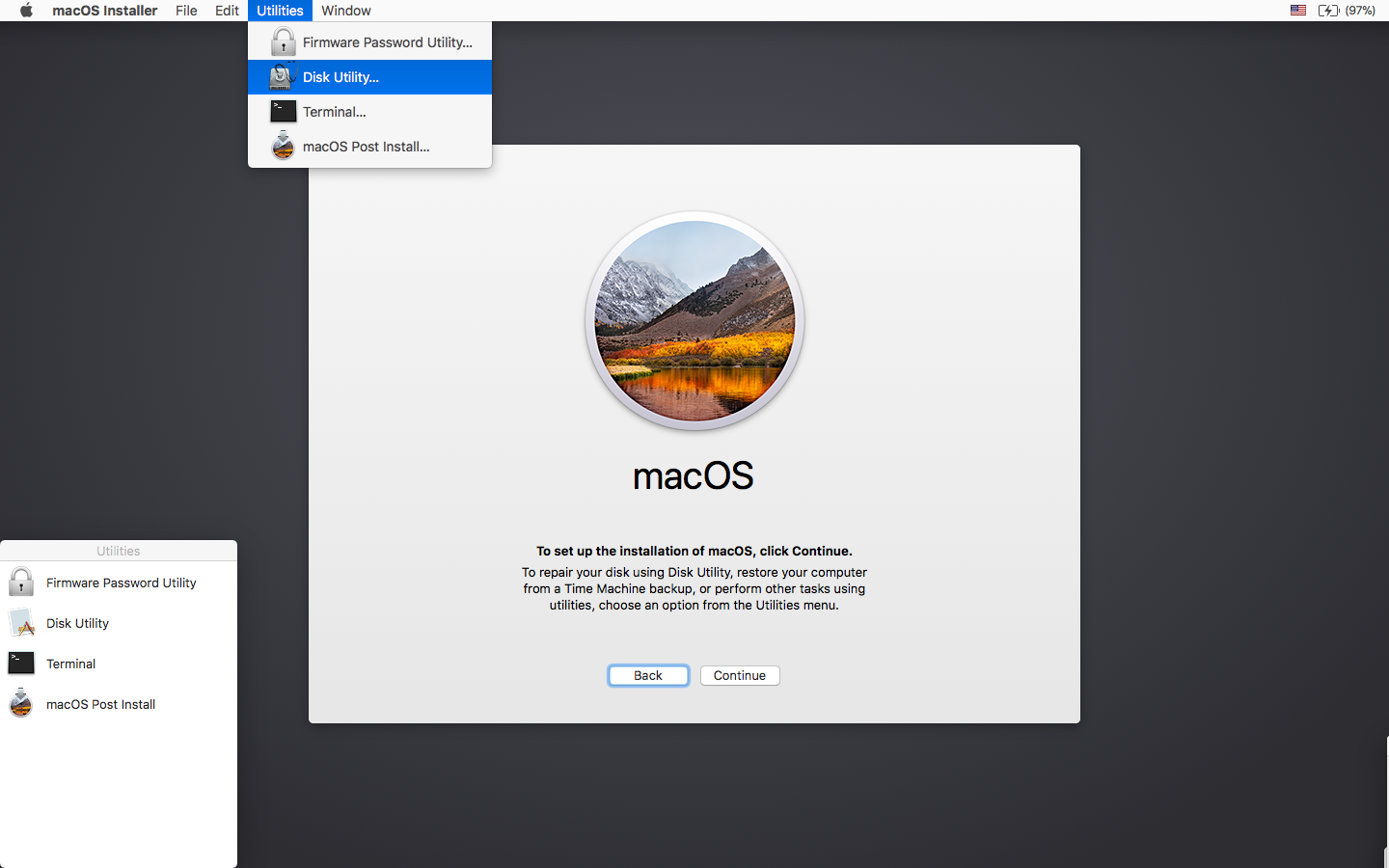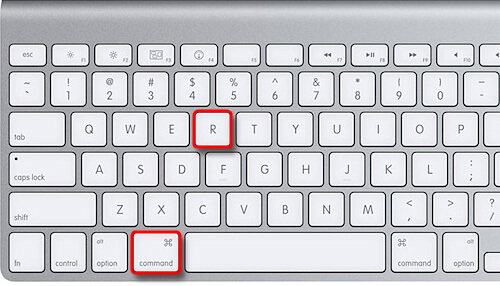

- #Formatting usb for mac os installer how to#
- #Formatting usb for mac os installer mac os x#
- #Formatting usb for mac os installer install#
- #Formatting usb for mac os installer upgrade#
On the right, in the Erase tab, choose to format the drive as Mac OS Extended (Journaled). To do this, launch Disk Utility and choose the destination drive in the drive list (left column). You can also sign in to your Mac as the administrator to create the bootable drive.įirst, you must partition and erase the drive so that it can be bootable.

You can change it back to a standard user when you're finished. If it isn't, go to Users & Groups in System Preferences and assign Administrator to your user account.
#Formatting usb for mac os installer upgrade#
After you upgrade to Yosemite, this file is deleted. Right-click on the USB drive, click Erase. If you can’t find the option to set the partition table, make sure you’re selecting the View -> Show All Devices option. Format your USB drive as Mac OS Extended (Journaled) and choose the GUID Partition Map scheme.
#Formatting usb for mac os installer install#
#Formatting usb for mac os installer how to#
Here's how to make one using Apple's built-in boot drive creation tool. But what if you need to partition the hard drive, wiping the recovery partition? You need a bootable OS X Yosemite installer. APM is an older, Mac-only partition scheme.How do you erase your Mac hard drive and install OS X Yosemite without a startup disk? Normally the answer would be to boot into recovery mode. You’ll also be asked to choose between a partition scheme: GUID Partition Map, Master Boot Record, or Apple Partition Map. RELATED: What's the Difference Between GPT and MBR When Partitioning a Drive? It’s not natively supported on many Linux distributions, but you can install exFAT support on Linux.įor external drives, it almost always makes sense to format in ExFAT, unless you’re using the drive for Time Machine. ExFAT is the ideal cross-platform file system. You should use this file system if you may share the drive with Windows PCs and other devices like the PlayStation 4 and Xbox One consoles. ExFAT: ExFAT is almost as widely compatible as older FAT file systems, but doesn’t have the limitations.MS-DOS (FAT): This is the most widely compatible file system, but it has some limitations–for example, files can only be 4GB or less in size each. Avoid this file system unless you have a device that requires FAT32.OS X Extended (Case-sensitive, Journaled, Encrypted): This is the same as the standard OS X Extended (Case-senstiive) file system, but with encryption.You’ll have to enter a password, and you’ll need to provide that password whenever you connect your drive to your Mac. OS X Extended (Journaled, Encrypted): This is the same as the standard OS X Extended file system, but with encryption.This option exists because it matches the traditional behavior of UNIX and some people might need it–don’t select this unless you know you need it for some reason. Enter the command sudo /Applications/Install\ macOS\ Mojave.app/Contents/Resources/createinstallmedia -volume /Volumes/the. Go to Applications > Utilities > Terminal.
#Formatting usb for mac os installer mac os x#
By default, Mac OS X doesn’t use a case-sensitive file system. To create a bootable macOS Big Sur installer drive with Terminal, follow these steps: Download the installer.


 0 kommentar(er)
0 kommentar(er)
